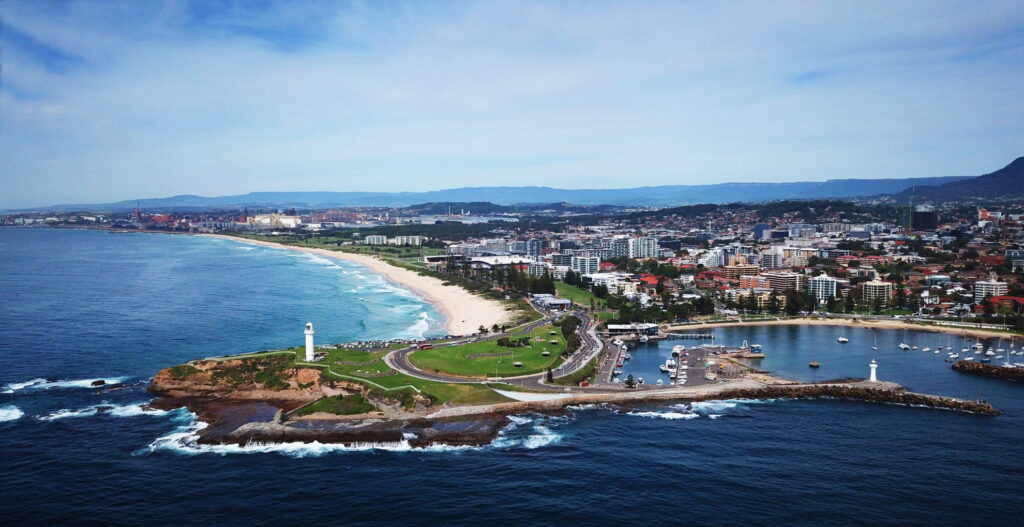The Impact of Immigration on Property Prices in Australia: A Post-COVID Analysis.

Introduction:
Immigration has long played a significant role in shaping the Australian economy and housing market. However, the COVID-19 pandemic disrupted international migration and led to a temporary halt in immigration to Australia. As the country gradually reopens its borders and resumes immigration, questions arise about the potential impact on property prices. In this blog post, we will explore the relationship between immigration and property prices in Australia, considering the recent pause in immigration and the subsequent influx of immigrants.
The Temporary Halt in Immigration:
Due to the COVID-19 pandemic, Australia implemented travel restrictions and tightened its immigration policies to protect public health. These measures resulted in a temporary pause in immigration, significantly reducing the arrival of new immigrants during the past three years. This pause in immigration had implications for various sectors, including the housing market.
Immigrants and Housing Demand:
Immigration has historically contributed to housing demand in Australia. Immigrants often seek accommodation upon arrival, either by renting or purchasing properties. The influx of immigrants has been a driving force behind the increasing demand for housing, particularly in major cities.
Impact on Property Prices:
The temporary halt in immigration had a notable impact on the property market. With fewer immigrants arriving in the country, the demand for housing decreased, leading to a potential slowdown in property price growth. This pause provided a temporary relief for prospective homebuyers and renters, as competition for housing eased.
Resuming Immigration and Housing Market Dynamics:
As Australia gradually reopens its borders and resumes immigration, the housing market is experiencing a renewed influx of immigrants. This increase in population has the potential to generate higher demand for housing, which could put upward pressure on property prices, particularly in areas with strong job prospects and desirable amenities.
Regional Disparities:
It’s important to note that the impact of immigration on property prices may vary across different regions. Major cities and urban centres tend to experience more significant effects due to their attractiveness to immigrants. On the other hand, regional areas may witness a more localized impact, depending on factors such as job opportunities, lifestyle appeal, and infrastructure development.
Supply-Side Factors:
While immigration can contribute to increased housing demand, it is essential to consider supply-side factors as well. The supply of housing, including new construction and development projects, plays a crucial role in moderating the impact of immigration on property prices. Adequate housing supply helps maintain a balanced market and minimizes excessive price inflation.
Government Policies and Planning:
Government policies and urban planning initiatives also influence the relationship between immigration and property prices. Measures such as land release, zoning regulations, and affordable housing initiatives can shape the housing market dynamics and mitigate potential price pressures resulting from increased immigration.
Conclusion:
The resumption of immigration in Australia following a temporary halt due to COVID-19 is likely to have an impact on property prices. As immigrants arrive and seek housing, the demand for properties may increase, potentially putting upward pressure on prices, particularly in high-demand areas. However, the overall effect will depend on various factors, including regional disparities, supply-side dynamics, and government policies. It is crucial for policymakers, investors, and prospective homeowners to carefully monitor these developments and adapt their strategies accordingly.






Responses